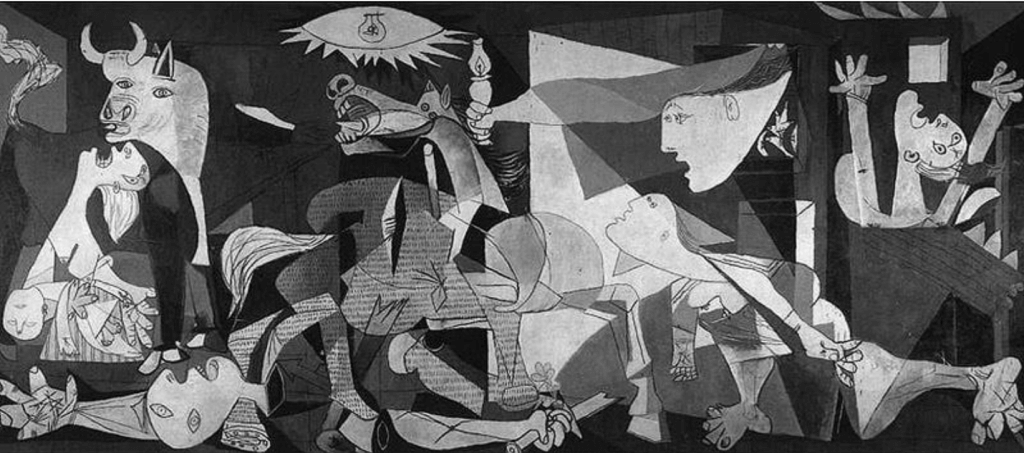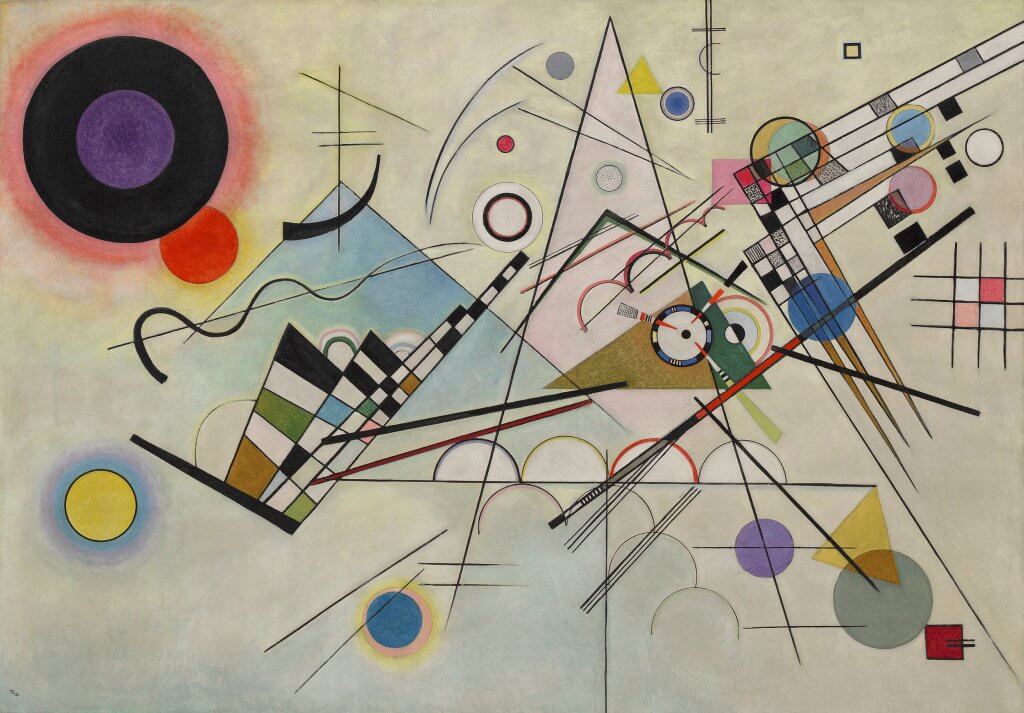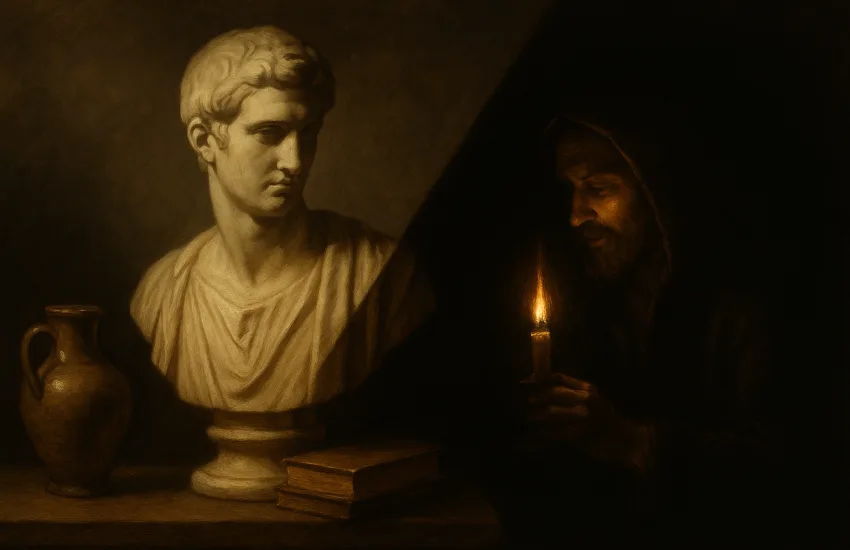Postmodernism in Art and Science
Jürgen Habermas, one of the leading philosophers of the period, who was at the architectural biennial held in Venice in 1980, evaluated what he saw as “disappointing”. Because what he has witnessed are “inverted avant-garde facades”, which, in his words, were created by blocking the linear development of history. Modernism, to which Jürgen advocated his astonishment, is nothing more than being shelved by the artists of the period because it no longer works. Before we talk about postmodernism, I think it is necessary to deal with modernism as the counter argument.

Modernism, thought to have emerged in the 19th century, had a very strong influence in the early 20th century. To summarize modernism in one word, of course it would be rationalism. Modernism suggests that issues such as religion, science, morality and philosophy that have developed over time can only be progressed by following the path of reason. According to modernists, a world order that appears to be utopian can be established by acting with a collective mind. As a result of this common wisdom, of course, a common moral order will come with it. In particular, the thought of Marxism undoubtedly constitutes one of the cornerstones of the modernist movement.
Modernism, by its nature, is opposed to elements such as religion that it considers to be binding for people, but when it stands against religion, it perhaps suggests nationalism as a mistake. Modernism, based on the clarity of science, has depicted its reflections in art in the form of certain elements such as good-bad, beautiful-ugly, woman-man.
In short, modernism defends that the truth can be reached by using the way of reason in the way of science and art that develops linearly and shapes its reflections accordingly.
If we come to postmodernism
Whether or not modernism rejects this way of reasoning is not entirely predictable, but according to thinkers such as Nietzsche and Heidegger, who are its pioneers, this rationality presented on the tray is stuck with relativism, and of course what is meant here is the relativism of cultures. In addition, the diversity and intricate nature of cultures does not turn humans like science into target-focused robots.

Asily Kandinsky (1866–1944). (Composition 8), July 1923
The German philosopher Martin Heidegger considers modernism literally “oxymoron”. According to him, by removing a phenomenon such as religion that people are connected with strictly and unconditionally, putting science in its place and saying “here you will believe it” brings about contradiction in itself.
The closeness of postmodernism in itself may cause incomprehension or misunderstanding. As I mentioned above about its equivalent to science, it is difficult to have an exact idea, but it is against the absolute imposition of science. It is the anti-thesis to absolute devotion as it moves along the line of linear science. It is always on the side of polyphony and rejects statements from a single unit. It wants something different and local in formal disciplines and arts. But he never expresses this condition in an imposing manner.
Sources:
- Songül SALLAN Songül BOYBEYİ ,1994 “POSTMODERNİZM-MODERNİZM İKİLEMİ “
- Kellner, D. 1992 “Toplumsal Teori Olarak Postmodernizm”. Birikim,
Ağustos Sayısı . - https://evrimagaci.org/postmodern-felsefe-postmodernizm-nedir-8238


